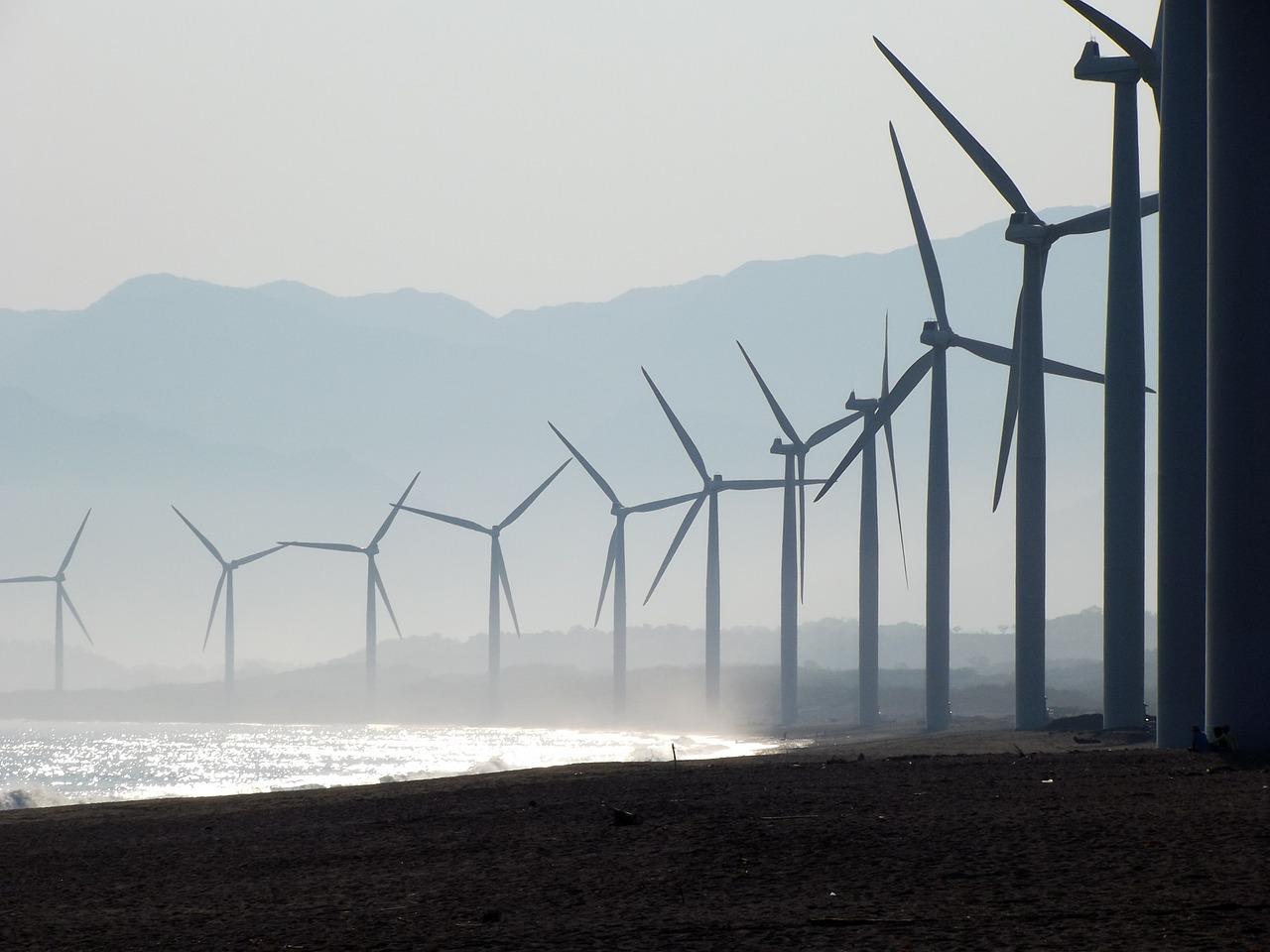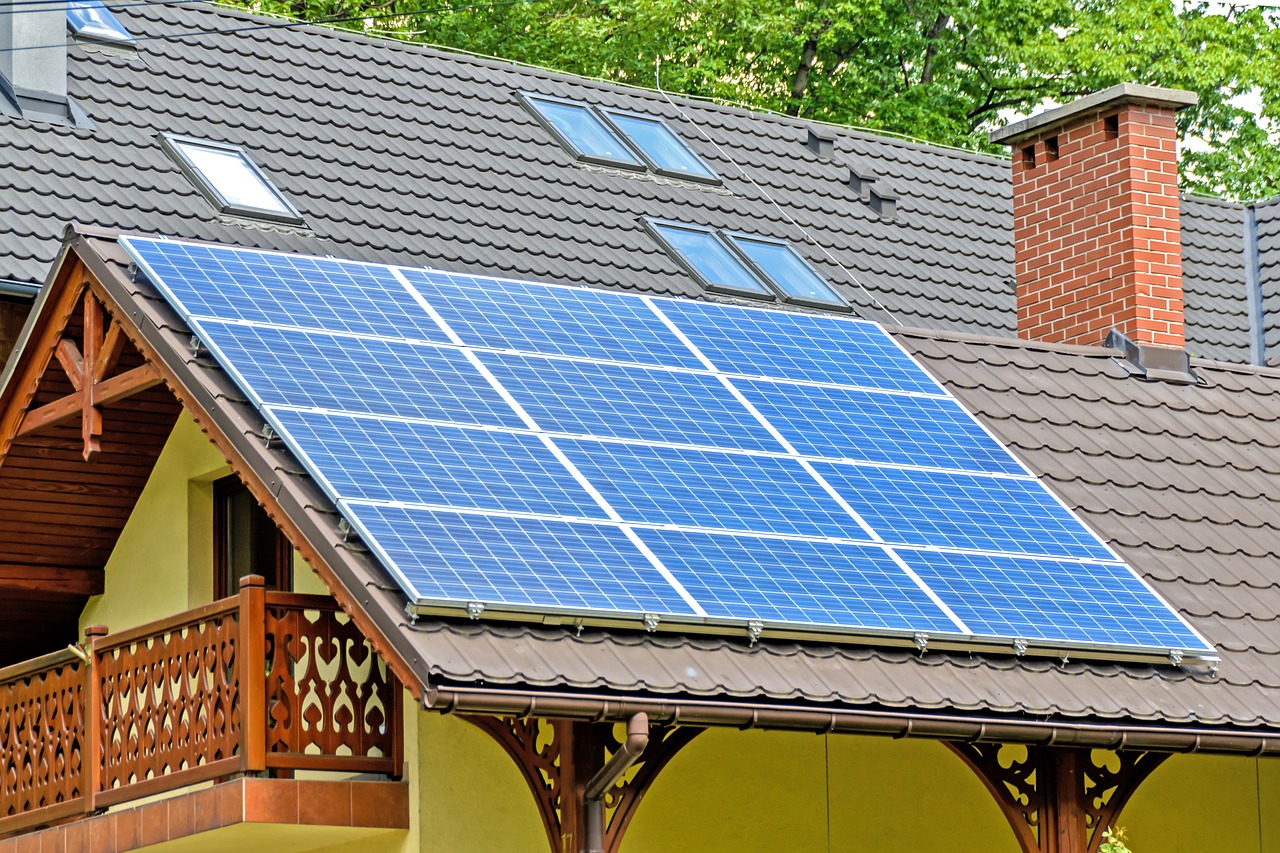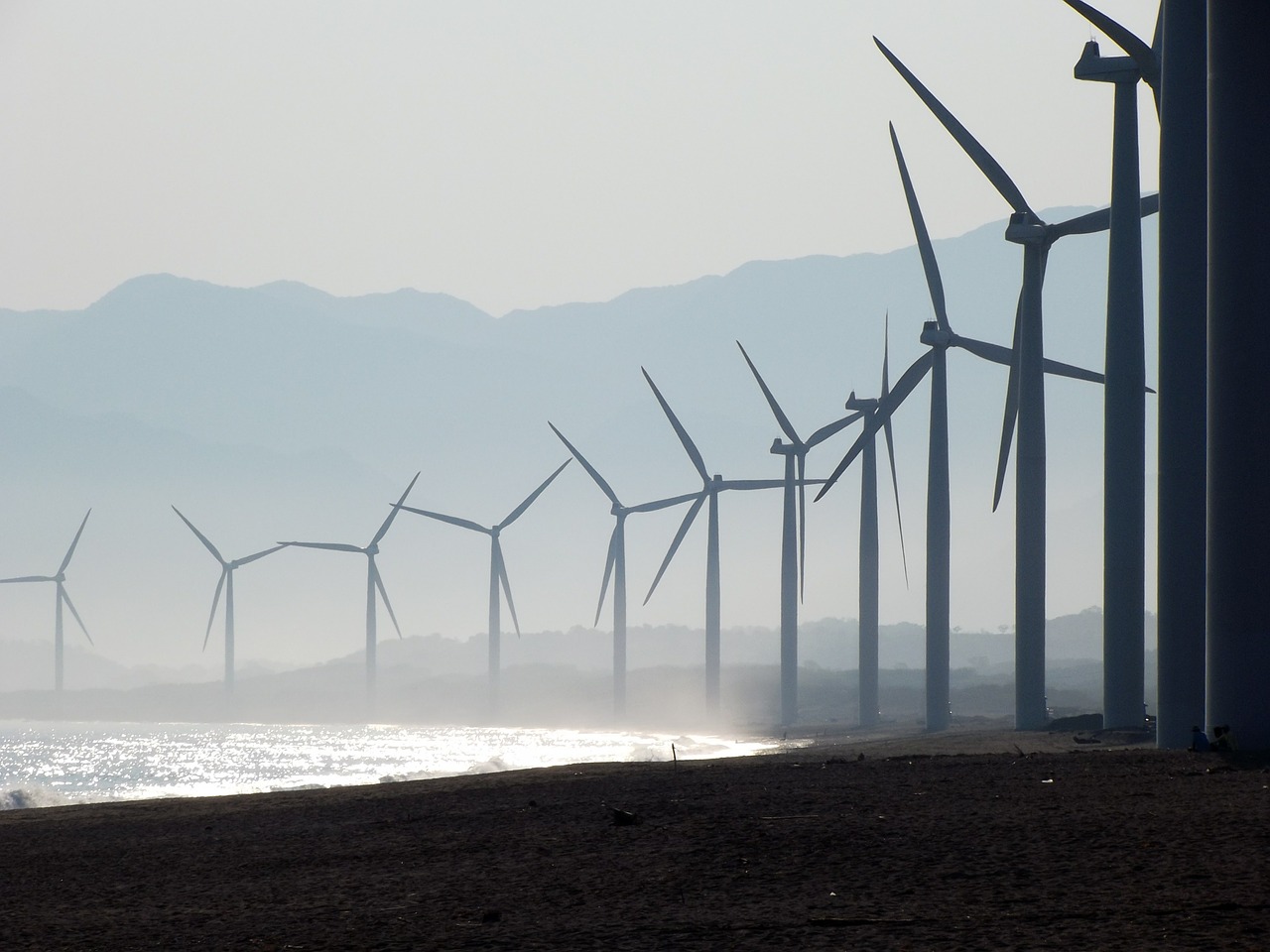
This post was authored by Joan Xu & Vipin Varma, Wharton alumni.
Everyone in the Energy Industry knows that the industry is changing fast. Trying to make sense of the change and hypothesizing where the industry will go is complicated at best. After all, the industry itself is massive and sits at the crossroads of economics, geopolitics, earth sciences, finance, and engineering.
Fortunately, the ever-growing community of Wharton grads in the Energy industry has finally reached critical mass and what we all have in common is a deep interest in a massive industry that is fundamental to our quality of lives, and we are hungry to have more conversations about it.
The WEN has formed a Thought Leadership Team to tap into the Wharton Alumni, Student, and Faculty communities, go beyond the headlines, and bring to the forefront, unique perspectives and insights that reflect the technological, operational, financial, and strategic realities faced by the energy industry of today and tomorrow. This vision is fueled by our unique value proposition – access to prominent leaders through the alumni network and breadth of knowledge/expertise. To facilitate this conversation, WEN leadership is initiating a blog series to be the primary forum for the Wharton network to disseminate ideas on everything relating to energy. The first in this series is a broad discussion on the dawn of a new age in energy-generating technologies and their implementation.
The Dawn of a New Age in Energy Technologies & Economics
In 2010, TIME Magazine published an article about rooftop solar and how it would revolutionize the energy industry because, when paired with batteries from electric vehicles, it would allow millions of single family homes go off-grid. In the same issue, there was another article about the BP Deepwater Horizon disaster, which had happened because oil & gas prices were still high enough at the time to justify the steep upfront investment needed to build a deep-sea oil rig. Since then, things have changed. (And not just for the magazine industry).
 Since 2010, the entire energy industry has undergone rapid and extreme change considering the capital-intensive and slow-moving nature of the industry. Renewables penetration has been increasing globally mainly due to government-backed subsidies over the past few years. In 2016, 165 GW (or roughly equating to $200B in new infrastructure investment) of renewables came online around the world with China responsible for about 40% of the global capacity growth. In 2017, just shy of 7GW or half of the new utility-scale generation in the United States came from renewables. This is just about the only place where the elusive hockey-stick growth graph is actually happening.
Since 2010, the entire energy industry has undergone rapid and extreme change considering the capital-intensive and slow-moving nature of the industry. Renewables penetration has been increasing globally mainly due to government-backed subsidies over the past few years. In 2016, 165 GW (or roughly equating to $200B in new infrastructure investment) of renewables came online around the world with China responsible for about 40% of the global capacity growth. In 2017, just shy of 7GW or half of the new utility-scale generation in the United States came from renewables. This is just about the only place where the elusive hockey-stick growth graph is actually happening.
As renewable penetration has increased, countries around the world are starting to move away from subsidy-based systems to competitive procurement schemes, such as the auctions in Brazil, Mexico, Germany, and just about every country in the world except for the United States and China. In Mexico’s last auction, for instance, wind logged the world’s lowest price for energy at $17.70/MWh.
As the cost of renewables continues to decline, we are also starting to see the impact of our diversified energy strategy on global politics. Over the last 8 years, not only has the US increased its installed base of “free” renewable energy but it has also become resource independent primarily thanks to an innovation called hydraulic fracking. Fracking has allowed domestic producers to access once inaccessible or uneconomic shale reserves, which has created an oversupply of domestic oil & gas and sent global prices to all-time lows. Additionally, it has fueled the growth of industrial clusters in the chemicals and polymer sectors.
Concurrently, huge strides are also being made in energy storage – a key enabler to storing and delivering off-cycle or intermittent renewable energy. Lithium-Ion and other battery-based technologies are now being demonstrated at the residential, commercial and utility scale. Hydrogen generation using electrolysis is also being touted as a more efficient way to store and convert excess renewable energy.
All the elements for sustained growth are here – price parity for renewables, distributed and utility scale renewable generation, new growth areas in conventional energy, and advancements in full-scale energy storage. However, there are residual challenges. For markets that already made the “switch” to renewables long ago and already have large penetrations of intermittent generation, the business case is evolving around more reliable, flexible, smarter grids and energy markets. The prevalence of distributed and intermittent generation is putting pressure on power grids. As a result, upgrades to grid infrastructure are becoming more important to accommodate these changes and many of those may include opportunities for digital providers to help orchestrate increasingly complicated electrical systems and energy financial markets.
Surely, the times they are-a-changin’ and as with all times of great change, opportunities to make an impact are often obscured by ambiguity. What will the next 8 years bring to the energy industry in terms of innovations, investments, challenges, and/or barriers to adoption? Nonetheless, this is an opportunity to start a conversation, identify opportunities, and leverage the dialogue to catalyze change.
Content that’s More Original & Faster
WEN blogs such as this one will deliver a piece of content every month, written by Wharton alums, with the purpose of sharing our experiences, raising awareness, encouraging discourse, and inspiring one another. WEN blogs also seek to bring this community together and provide a platform for alumni to engage with students with interest in pursuing a career in energy.
Over the next year, the Wharton Energy community can look forward to original content written by alumni for alumni, and interviews with alumni who have “made it” in the industry. We will also be working with the faculty and student community to conduct webinars on energy industry basics such as Wind 101 or how to calculate levelized cost of energy. Topics covered will include the following:
- Energy Strategy
- Future of Transportation
- Digital Trends
- Energy Conservation & Re-Use
- Corporate PPAs
- Future of Utilities
- Data… What Can You Do with It?
- Subsidies… They Aren’t Just for Renewables
We are excited about engaging with the community in the coming months on topics that we love to nerd out about anyway. If you have any comments, suggestions or would like to contribute, please reach out to us.
Your WEN Thought Leadership Team,
Joan Xu & Vipin Varma


